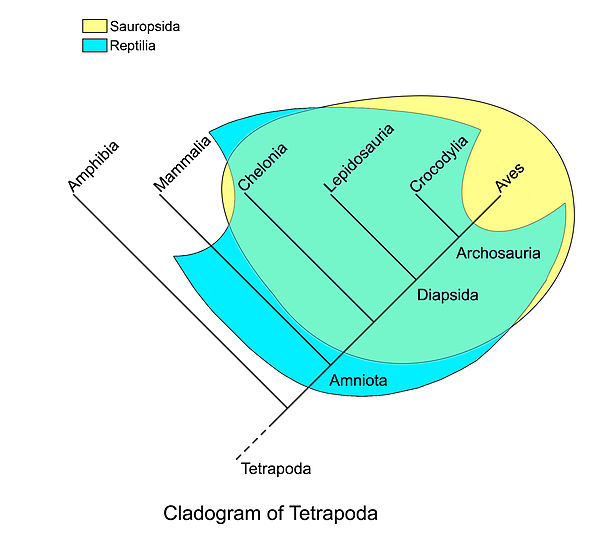The scientific community has learned about a few very old examples motherhood. Among them is a 306-million-year-old fossil immortalizing two lizard-like creatures huddled together in a tree stump—presumably, researchers argue, a mom protecting its kid.
If that’s indeed the case, this rare fossil could represent an extremely ancient instance of parental care in amniotes, the group that includes today’s mammals, birds and reptiles. The behavior, which requires an adult animal to invest time, energy and resources into its offspring after birth, might sound intuitive for modern creatures, but may not have come as easily to our egg-laying predecessors.
“Parental care is a strategy with a long antiquity,” paleontologist Arjan Mann told Smithsonian magazine last year. “Clearly, it’s worked out multiple times in evolutionary history. And we should have an appreciation for it.”
The amniote clade (within superclass Tetrapoda) represents animals that produce an egg with protective membranes that allow the egg to be laid on land or gestated within the mother. It is a crown group comprising all living mammals and saurians (reptiles and birds), together with all extinct species descended from the last common ancestor of all living mammals and saurians.
https://www.smithsonianmag.com/smart-news/seven-things-weve-learned-about-animal-and-human-moms-year-180974826/
